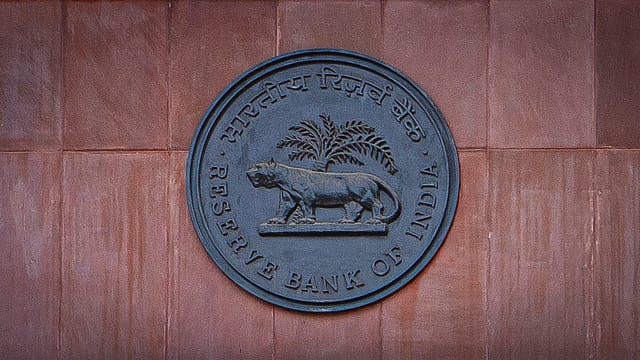RBI to discontinue incremental cash reserve ratio in phased manner
ADVERTISEMENT

About a month after imposing it, the Reserve Bank of India (RBI) has decided to discontinue the incremental cash reserve ratio (I-CRR) in a phased manner.
The RBI's decision comes in the wake of the RBI Governor’s Monetary Policy Statement of August 10, 2023, in which he said I-CRR is a “temporary measure for managing the liquidity overhang” and that it will be reviewed on September 8, 2023, or earlier, with a view to returning the impounded funds to the banking system ahead of the festival season.
Notably, from the fortnight beginning August 12, 2023, scheduled banks were required to maintain an I-CRR of 10% on the increase in their net demand and time liabilities (NDTL) between May 19, 2023, and July 28, 2023. The measure was intended to absorb the surplus liquidity generated by various factors, including the return of ₹2000 notes to the banking system.
"Based on an assessment of current and evolving liquidity conditions, it has been decided that the amounts impounded under the I-CRR would be released in stages so that system liquidity is not subjected to sudden shocks and money markets function in an orderly manner," the apex bank says in a statement.
January 2026
Netflix, which has been in India for a decade, has successfully struck a balance between high-class premium content and pricing that attracts a range of customers. Find out how the U.S. streaming giant evolved in India, plus an exclusive interview with CEO Ted Sarandos. Also read about the Best Investments for 2026, and how rising growth and easing inflation will come in handy for finance minister Nirmala Sitharaman as she prepares Budget 2026.
The release of funds would be done on September 9 (25% of the I-CRR maintained), September 23 (25%), and October 7 (50%).
Notably, the central bank can, from time to time, impose incremental credit reserve ratio in addition to the CRR to contain the excessive liquidity in the system.
According to the RBI Governor's August 10 statement, in recent years, the central bank's stated stance on liquidity was to maintain adequate liquidity in the system to meet the productive requirements of the economy. However, excessive liquidity can also pose risks to price stability and also to financial stability, Das said.
"Hence, efficient liquidity management requires continuous assessment of the level of surplus liquidity so that additional measures are taken as and when necessary to impound the element of excess liquidity," he said.
He had assured even after this temporary impounding, there would be adequate liquidity in the system to meet the credit needs of the economy.
The existing cash reserve ratio (CRR) remains unchanged at 4.5%.
The level of surplus liquidity in the system has gone up in recent months on the back of a return of ₹2000 banknotes to the banking system, RBI’s surplus transfer to the government, pick up in government spending, and capital inflows. The overall daily absorption under the liquidity adjustment facility (LAF) was ₹1.7 lakh crore in June and ₹1.8 lakh crore in July 2023.
Despite such surplus liquidity, the RBI says the market response to RBI’s 14-day variable rate reverse repo (VRRR) auctions was “lukewarm”; instead, banks preferred to place their surplus liquidity in the less remunerative standing deposit facility (SDF).
Although the fine-tuning VRRR auctions of 1-4 days maturity during this period evoked better response from the market, the central bank says this essentially reflects “greater risk aversion” among banks to park large funds under the main operation.
